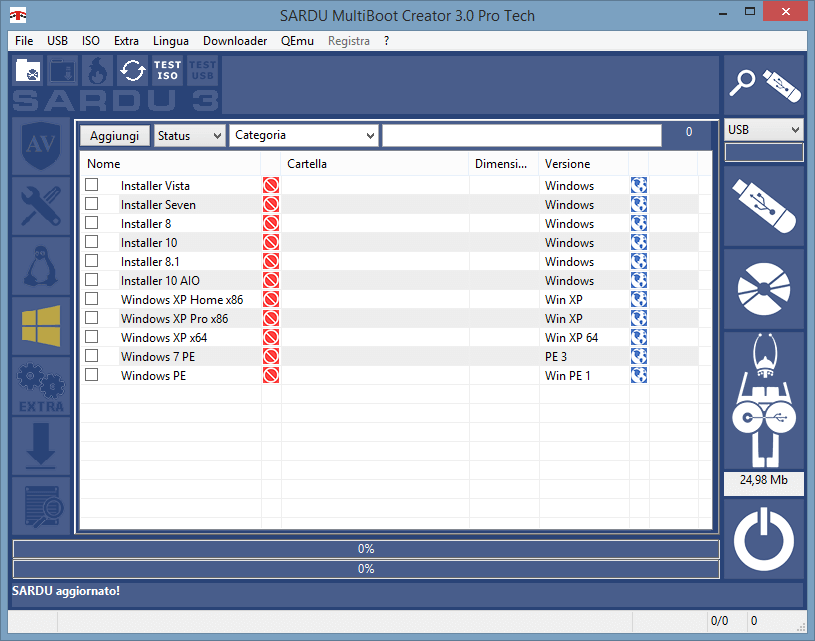

Next, we need to mount the boot.wim file (The part that actually loads Windows PE). This will basically copy the required Windows PE files to the folder above. (I won't give two versions from now on, simply use common sense and replace 64 with 32!) Assuming you wanted c:\win_pe_32 you would use: copype.cmd x86 c:\win_pe_32įor 64 bit use: copype.cmd 圆4 c:\win_pe_64 Once this is downloaded, you can use the "copype" command to copy the required Windows PE files to a staging folder. Once downloaded, load the Deployment Workbench and load the WAIK / Windows Automated Installation Kit. What I recommend you do is download the Microsoft Deployment Toolkit, and download your USB drivers. If I loose you at any point, please write in comments and I will be happy to help.

I would recommend you add the various Microsoft directories to your path, or run the Windows PE Tools Command Prompt instead of the standard one. This gets quite advanced, I am assuming you have a working knowledge of the command prompt. Your main question came about the speed - there will be no difference unless your USB memory stick is USB 3 compatible. When he isn't working on a computer or DIY project, he is most likely to be found camping, backpacking, or canoeing.As the comments said, USB 3 drivers are not something that Windows supports natively. He has designed crossovers for homemade speakers all the way from the basic design to the PCB. He regularly repairs and repurposes old computers and hardware for whatever new project is at hand. He enjoys DIY projects, especially if they involve technology.

He also uses Proxmox to self-host a variety of services, including a Jellyfin Media Server, an Airsonic music server, a handful of game servers, NextCloud, and two Windows virtual machines. He has been running video game servers from home for more than 10 years using Windows, Ubuntu, or Raspberry Pi OS. Nick's love of tinkering with computers extends beyond work. In college, Nick made extensive use of Fortran while pursuing a physics degree. Before How-To Geek, he used Python and C++ as a freelance programmer. He has been using computers for 20 years - tinkering with everything from the UI to the Windows registry to device firmware. Nick Lewis is a staff writer for How-To Geek.


 0 kommentar(er)
0 kommentar(er)
